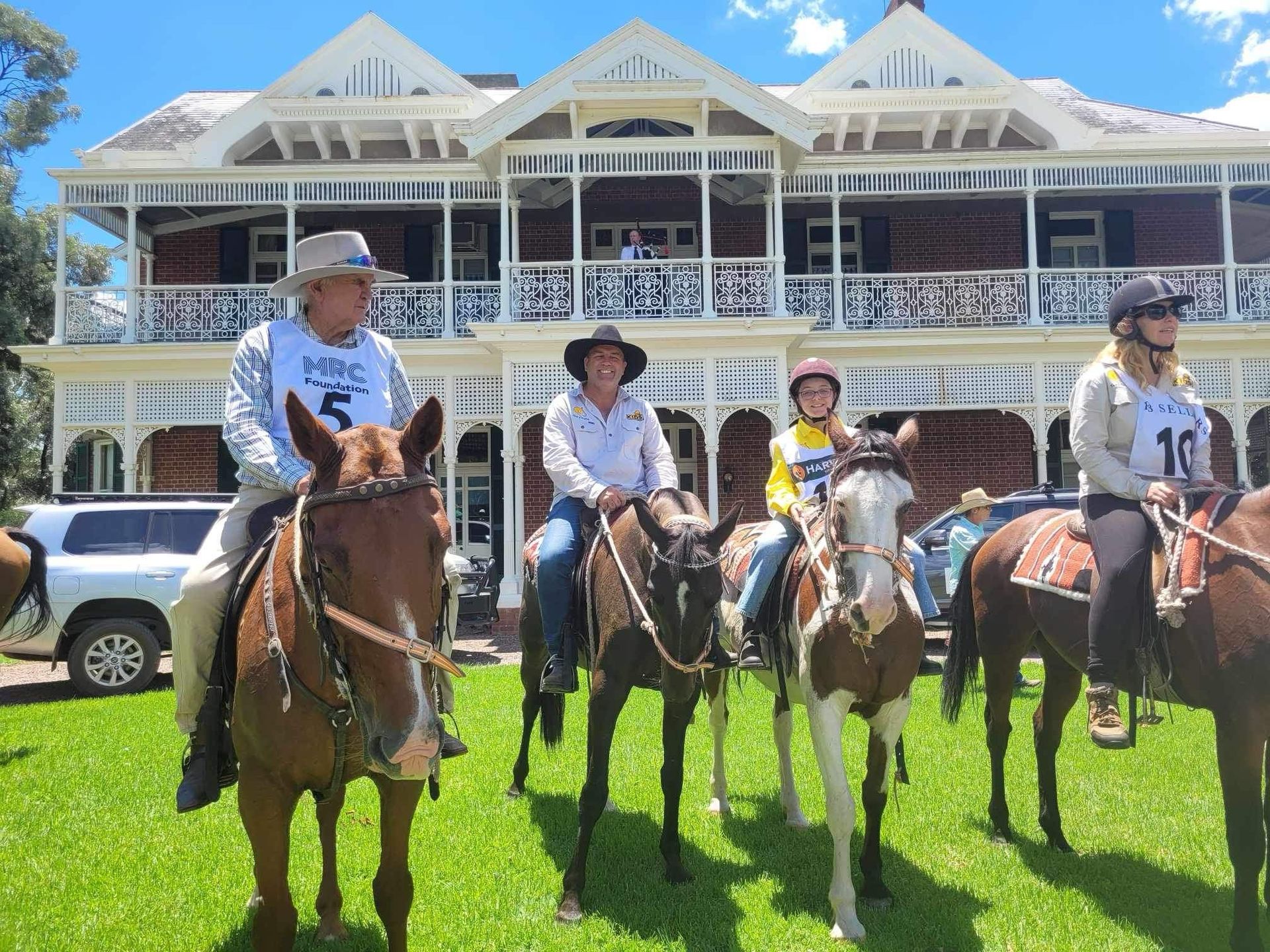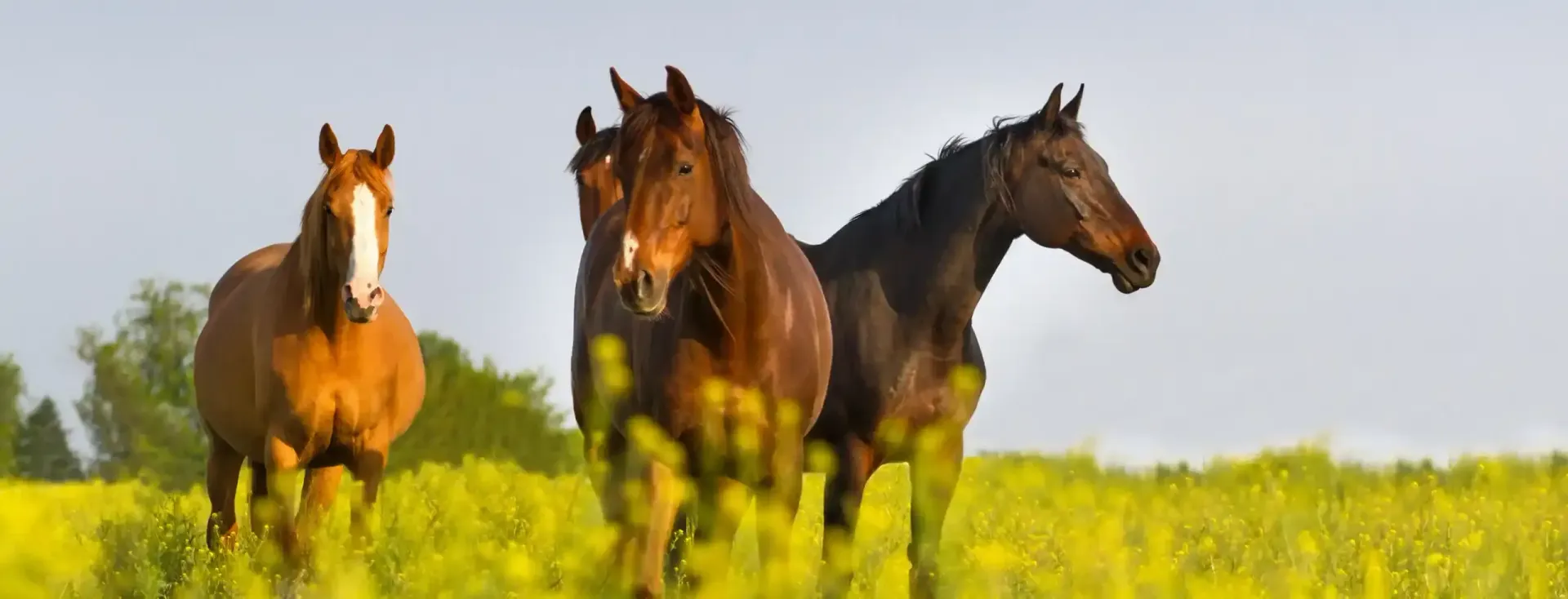Lamb Feed Lotting
It has been an unusual season for some, with rain persisting right through summer seeing the continuation of green feed for much longer than normal. However, this is not the case for all, and the usual dry Australian summer has hit hard.
Whether you have decided to trail feed, containment feed or set up your feed lot during these months, Harwood Grains and Stockfeeds has something to suit your requirements; full fed, tailored pellet options, or a concentrate pellet to balance your grain on farm. Combined with on farm technical support, talk to us today to develop a plan to help you achieve your production targets.
Feedlotting or containment feeding both young stock, or mature animals is an excellent management tool to aid in achieving production targets during dry periods, or to generally finish groups of lambs. It can aid in maintaining pasture cover or prevent continued damage and deterioration when going through periods of stress. It can be used to successfully join ewes, inducing a tighter joining period with a reduced percentage of ram power required.
It is vital to remember than when we contain, or feedlot animals our management practices are of great importance. We dictate how well these animals will perform as we are supplying everything they require to perform when in a restricted space.
It is recommended that you, as producers, develop an introductory protocol for all new stock which arrive on property. Adopting the habit of assuming no knowledge of previous history and managing them accordingly. Drenching, vaccinating, and supplying ample moderate quality forage and clean fresh water will give you an excellent start when introducing new animals to your enterprise. If your intention is to introduce concentrate feed to your ration (pellets, grain etc.) then assuming these animals have no previous exposure to this type of feed has occurred, is your safest path, even if you have been told they were being trail fed at the previous property or they have had pellets before etc. The simple truth is, you do not know exactly what this feed was, how much they were getting or how long it has been since they last consumed this feed. Changing from barley to pellets, or from trail feeding to self-feeders is enough to cause a grain overload and induce acidosis, potentially resulting in mortalities or setting you back days to weeks. If you are unsure about or would like additional assistance in developing an introductory protocol our technical team is available to assist you, or you can consult your local veterinarian.
It is then advised that following a good 24-48 hour period of consuming sufficient forage, concentrate is introduced at between 100-300g per head day. Ensuring forage is always available along with clean fresh water. If your water is dirty, filled with algae or particularly high in salts, water intake will be reduced as will feed intakes.
When increasing your concentrate feed of choice, it always advised to lean on the side of caution. Increasing your allocation by 100g per head approximately every 3 days will ensure the rumen has adequate time to adjust to the increasing starch load and reducing the chance for bossy feeders to gorge. For good rumen development and to reduce your chance of inducing acidosis, achieving your intake target of approximately 1kg/50kg live weight per day of concentrate should be achieved somewhere between day 14 and day 21. It may be achievable closer to day 14 when feeding pellets, due to the inclusion of digestible fibers and well blended buffering aids, while full allocation may be achieved closer to day 21 when feeding a cereal grain and concentrate blend due to the high starch loading of these raws.
It should be noted though, that regardless of how prepared and how well managed your feeding regime is, mortality and incidents of acidosis may still occur. It is not uncommon to have bossy and shy feeders in a group, whom will either gorge or may not eat concentrate for more than 24 hours then find access to a feeder and consequently induce some degree of grain poisoning. It should not, however, be happening to a large percentage of your mob. It is advised that time is taken to identify shy feeders and group these animals up together. This will allow these animals more opportunity to feed and perform better than being lost in the large mobs and performing poorly. For further information on appropriate feedlot set up, feeder allocation and recommended stocking rates the NSW DPI has some usual information that may assist you- Feedlotting lambs (nsw.gov.au).
To ensure you are on the right track with both for your facilities and ration formulation, and you are set up to achieve your targets why not get in contact with one of the team members at Harwood Grains, speak to your vet or your independent nutritional advisor. Taking the time to ensure your set to maximize your productivity from your facilities and ration.
This information is published by Harwood Grains Pty Ltd T/A Harwood Grains and Stockfeeds for general purposes only. Information contained in the publication is a general guide only and not tailored for any specific purpose. Various factors, including but not limited to differing individual circumstances, may affect results and therefore Harwood Grains and Stockfeeds does not warrant or guarantee any results from products used as outlined in the publication. To the extent permitted by law, Harwood Grains and Stockfeeds will not be liable for any claim, liability, expense or loss arising from use or misuse of products supplied, or from any reliance upon information provided in the published information. If there is any uncertainty regarding feeding regimes or the inclusion of supplements, please contact Harwood Grains and Stockfeeds on 03 5339 8176.
Share This Article
Other articles you may like



